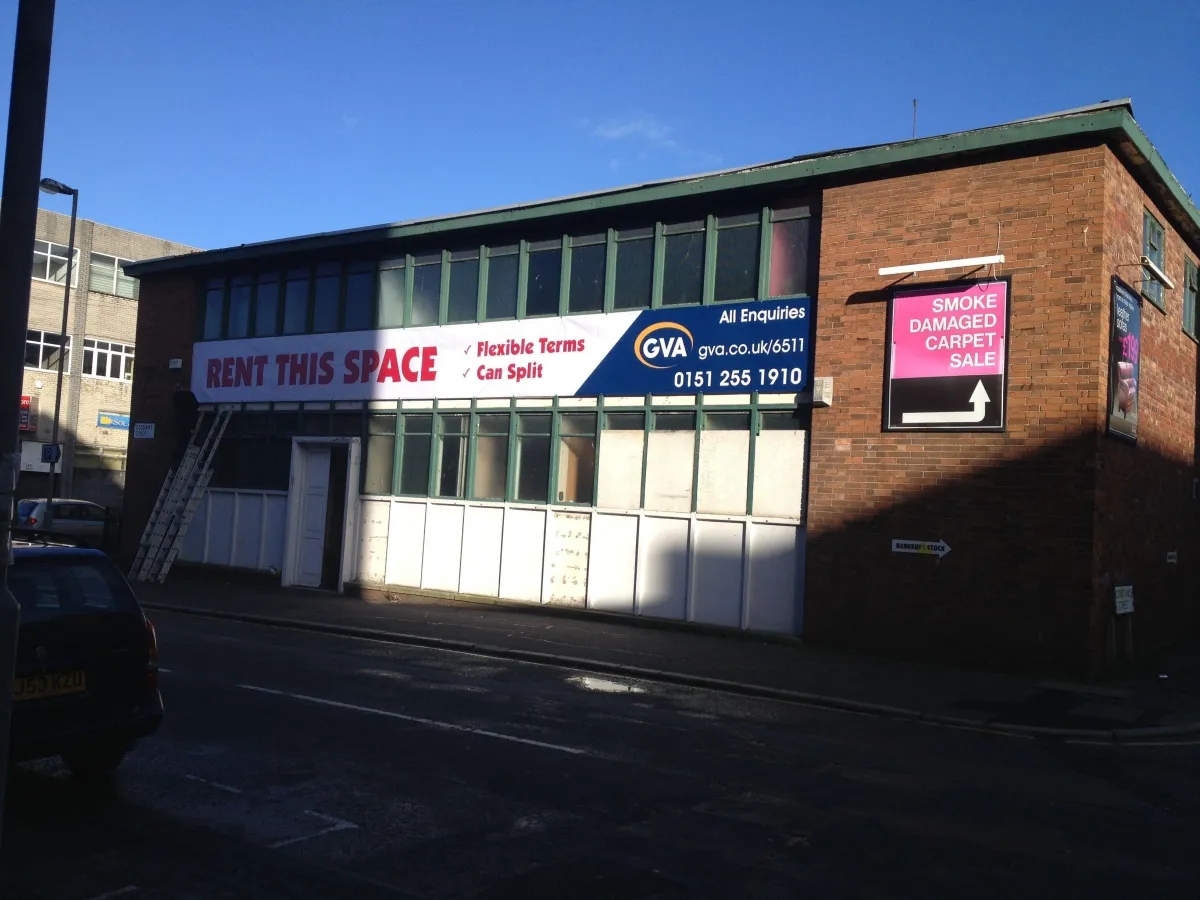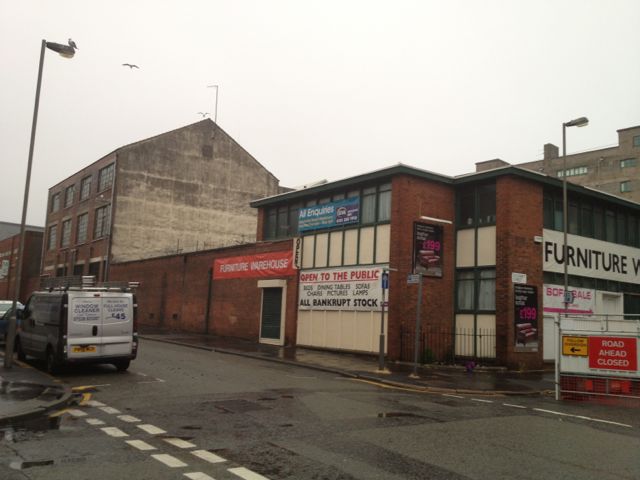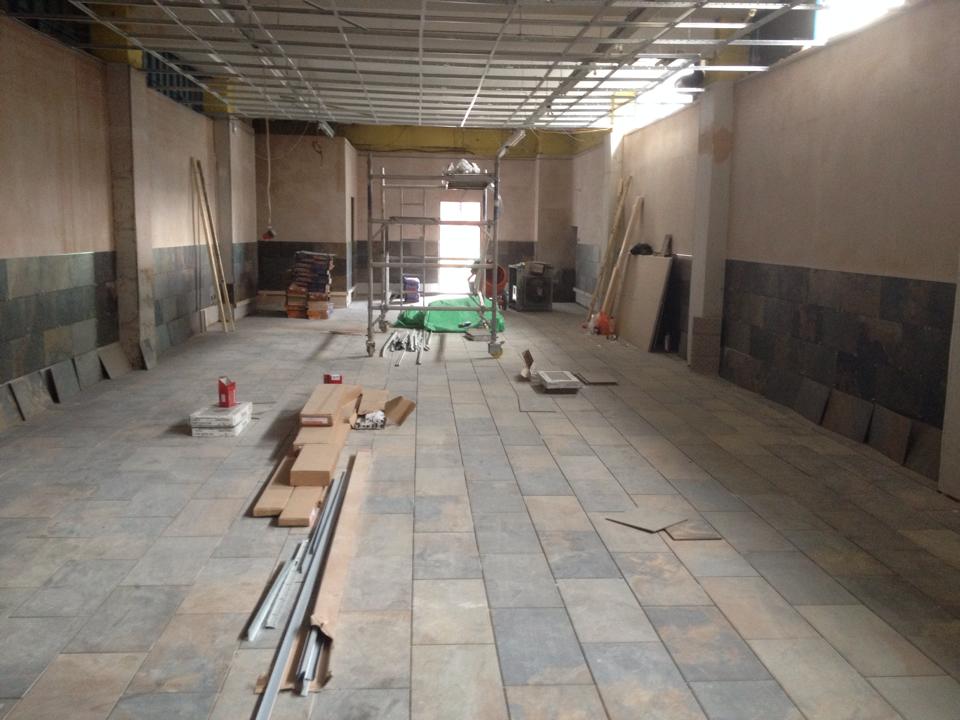
The Early 2000s at The Tapestry: Decline, Disruption, and New Beginnings
A Changing Industry, A Hard Goodbye
The screen printing industry was shifting fast by the late 1990s and early 2000s. At Taylors, keeping up meant eye-watering investment—millions needed for new production lines. In 2002, after key clients were poached and a sale fell through, founder Charlie made the painful but principled decision to close the business and clear all outstanding debts.
A New Chapter Begins (Quietly)
With the presses finally silent, the now-owners of what would become The Tapestry stepped in. The buildings were bought, the equipment cleared, and a new—albeit uncertain—chapter began.

For a while, the ground floor served as warehousing, while the upper levels remained derelict. It was a far cry from the creative ecosystem that exists here now.
A Top-Down Plan, With No Room for Locals
At the same time, a development consortium called IRC (Islington Regeneration Company) began laying out grand plans for the area we now know as the Fabric District. But back then, it was simply Islington, and the vision on the table was… concerning.


Plans showed massive student housing blocks, swallowing up entire streets. The Tapestry buildings were grouped into these blueprints—Constance Street was erased from the map entirely. Compulsory Purchase Orders were anticipated, and there was no community input. It was consultation in name only.
Some Student developers sniffed around The Tapestry site as can be seen by one suggested plan.

Caught in Limbo: Leasehold Headaches and Stalled Dreams
This looming threat stalled all progress. The owners couldn’t get funding to restore the buildings because two short council leaseholds complicated any loan applications. Combined with two freehold titles, there was some leverage—but the mix created a bureaucratic headache that lasted twelve years.

Progress only became possible after the 2008 credit crunch forced the IRC consortium to collapse, finally putting their masterplan on ice.
Hit and Run: The Last Straw Becomes a Turning Point
Tenants came and went over the years, but in 2015, a particularly damaging tenant left the space vandalised, ripping up tiles and fittings after abandoning plans to open a Shisha café. It felt like a major setback.
But, as is so often the case at The Tapestry, adversity brought unexpected opportunity. That low point became the nudge that started a new kind of thinking—one shaped not by commercial warehousing or institutional redevelopment, but by the potential of creativity and community.
From this…

To this…

Threads Coming Together
In hindsight, this moment marked the start of The Tapestry as we know it—a creative hub built not from a top-down blueprint, but from resilience, community, and belief in the value of independent growth.

Stay tuned for Blog 7, where we’ll explore how early creative tenants started shaping the culture of the building—and the birth of the Fabric District CIC.
The Early 2000’s
The Print Industry changed a lot over the 90’s and early noughties. The investment needed to keep up with the big Industry players in the screenprint world was huge with millions needed to invest in new production lines for Taylors. In 2002 a number of large clients were poached from Taylors and after a sale of the business fell through Charlie had to take the difficult decision to close the business and pay all outstanding debts.
It was at this time that the current Tapestry owners decided to buy the buildings from Taylors and after clearing the machines and everything they rented the run-down buildings out as warehousing on the ground floor but the upper floors were still derelict.

Also at this time local stakeholders were invited to a meeting held by a Development group to hear about their plans for the area. Islington Stakeholder Group (IRC) was the favoured developer for the Council in a joint plan to create a mixed use student area in the area we now call the Fabric District and was then known as Islington.
Stakeholders were horrified to see that large plots of land would be assembled to make huge blocks. The Tapestry owners saw their own buildings merged with the site next door and Constance St was removed. It was expected that Compulsory purchase orders would land and sites would be assembled, ready for this big plan. Student Developers even created a drawn up plan for 146 student bed site where the Tapestry stands.
The plan was the opposite of what the Fabric District CIC stands for today, there was no consultation, instead plans were presented with no way of us having an input.
Another problem stood in the way of any progress to improve the buildings now known as the Tapestry
It wasn’t possible to get bank loans to renovate the properties as there were 2 short “leaseholds” to the council The fact that they were mixed with 2 freehold titles that were owned by the new owners gave some leverage but it took 12 years to negotiate due to the IRC plans dominating decisions within the Council’s property department. This changed after the credit crunch when the IRC development consortium broke up and the masterplan was shelved.
A few tenants came and went until in 2015 a tenant who “did a bunk” also smashed the place up and left even taking tiles off the floors and walls that had been laid for a Shisha smoking café.
Initially, this was bad news but turned out to be a blessing, It was around this time that the Universe started to bring things together.
A few things started to fall into place ……